Fertility, Class and Gender in Britain, 1860–1940
This book offers an original interpretation of the history of falling fertilities in Britain between 1860 and 1940. It integrates the approaches of the social sciences and of demographic, feminist, and labour history with intellectual, social, and political history. It exposes the conceptual and statistical inadequacies of the orthodox picture of a national, unitary class-differential fertility decline, and presents an entirely new analysis of the famous 1911 fertility census of England and Wales. Surprising and important findings emerge concerning the principal methods of birth control: births were spaced from early on in marriage; and sexual abstinence by married couples was a far more significant practice than previously imagined. The author presents a new general approach to the study of fertility change, raising central issues concerning the relationship between history and social science.
{{comment.content}}
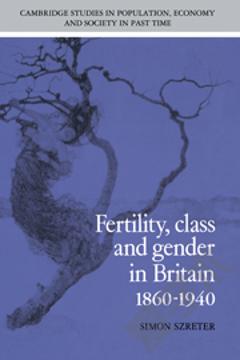

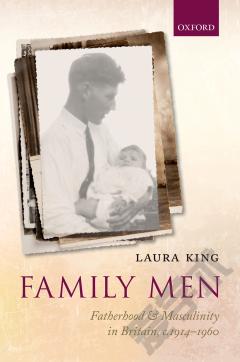
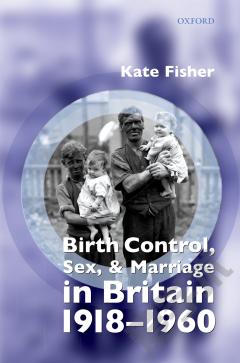
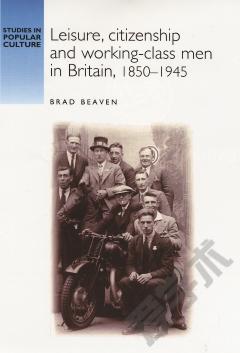

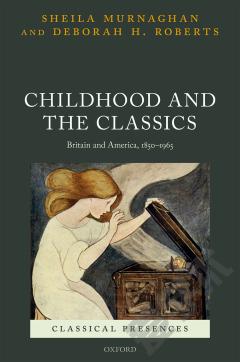

 京公网安备 11010802027623号
京公网安备 11010802027623号